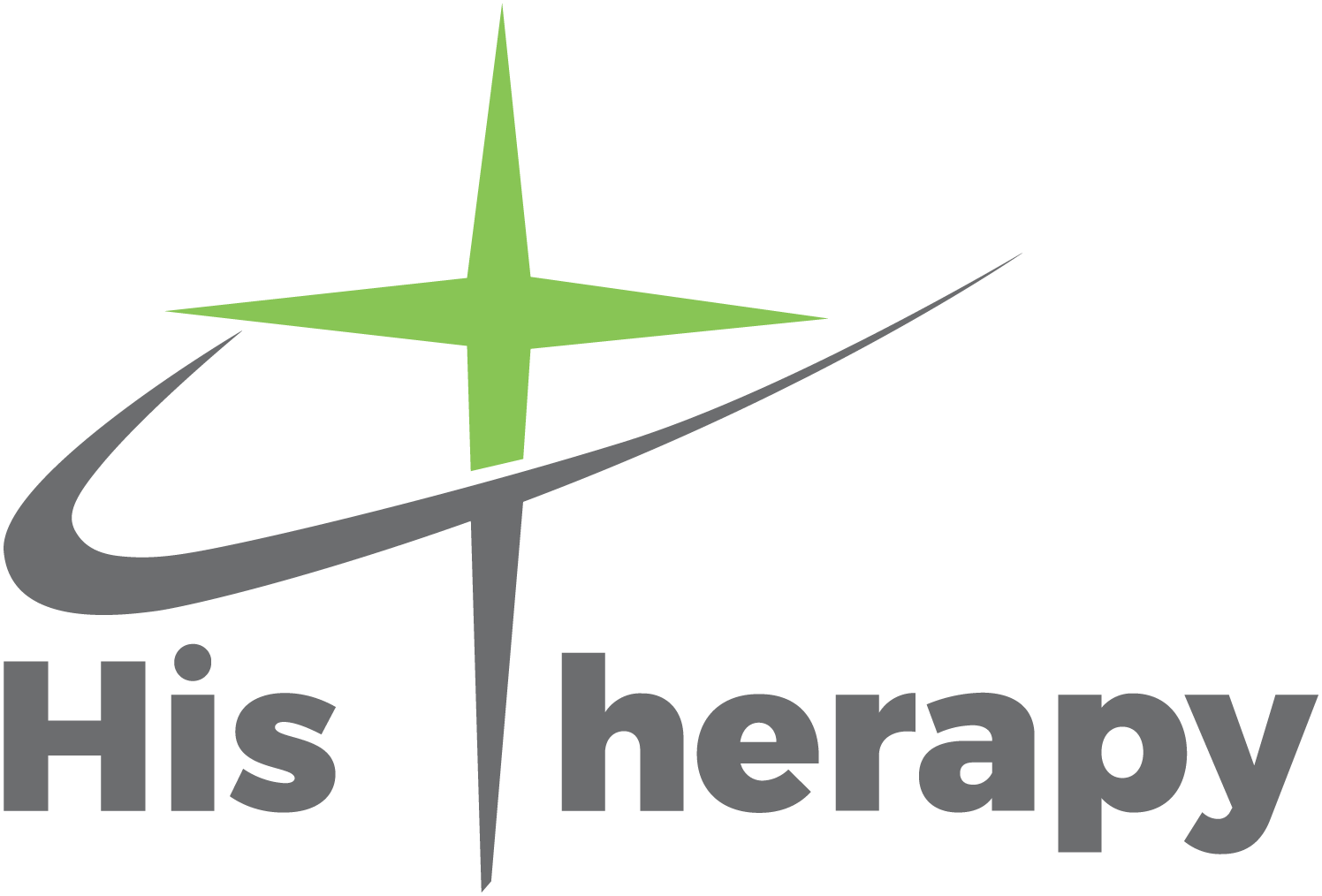Why Choose Cash Based
Stop asking the question of, ‘Will my insurance cover this?’ and start asking the question, ‘Who is going to give me the best time and care?’
More bang for your buck. With a cash based system, patients are able to spend more time with their therapists while spending less money. Cash systems allow for therapists to charge what they think is appropriate and spend as much time with patients as they see fit. It usually turns out that therapists in a cash based system spend more time with patients than therapists would that use a insurance based system because they have more flexible time and hours.
Don’t Compromise Quality. With cash based systems therapists are not feeling the pressures from insurance companies to rush through appointments and see more patients. While it is always nice to help as many patients as possible, it is not right to see more patients at the expense of thorough care. But with a cash system, therapists are able to spend as much time as they see fit for their patients.
Why Wait for Treatment. Cash based practices tend to have a shorter wait time to see patients. It’s tiring filing out insurance forms everywhere you go. But this way patients are able to get in and get treatment much sooner.
Know What is Coming. With cash systems patients understand what they are paying when they step in the door. There is no wondering how much the insurance companies will cover or how many added fees there will be. In this day and age it can be hard to find fair and transparent care that self-pay patients are happy with. With these cash based systems there will be no more concerns about what you may have to pay later.
Patient-Therapist Relationship. With a cash based system insurance and money are not getting in the way of the patient-therapist relationship. These therapists using a cash based system know the cost of in-depth, quality treatment that won’t be interfered by insurance. With this system therapists can take their time and not feel rushed to understand and diagnose a patient, but instead they can take their time to understand the patient’s needs in order to develop a proper plan of care. Many practices that use insurance, the patients do not get a long enough sessions in order to obtain a strong relationship with their therapist.
Everyone is welcome. Everyone in a self-pay system is welcome because practices are not looking if you are insured or not insured, in network or out-of-network. Patients are not rejected because of their insurance carriers either. Everyone is welcome!
